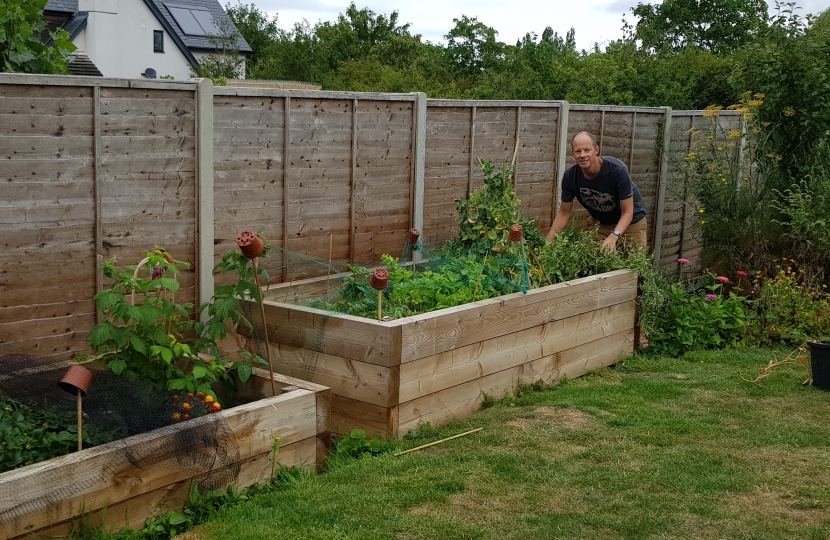
In this Go-Green Guide I’m focussing on cutting the carbon emissions associated with your shopping. And I’m using ‘shopping’ in its broadest sense, to include anything you buy, whether in a shop or not. As you will see, it’s yet another huge source of pollution.
As with my other blogs, I’m focusing on the big things which have the big impacts – and for shopping that means food, clothes and water – but before we get to WHAT you buy, please remember the 3 R’s…
Reduce, Reuse, Recycle
You can reduce your carbon footprint by following this simple motto:
- Reduce how much you buy, cutting back on items you might not get much use out of
- Reuse what you do purchase, so that your future consumption is reduced
- Recycle your waste, to reduce its environmental impact.
If you just consider an event like Christmas, where there is a massive spike in our consumption, there are so many easy ways to reduce, reuse and recycle – rather than just creating another huge volume of landfill.
Food
The production and distribution of food creates a lot of pollution, generating 20% of our total carbon emissions. Eating less food isn’t an option for most people, but we can quite easily change the nature of the food we buy to reduce the impact of our consumption on the planet:
- Less meat and dairy: animal rearing is much more carbon intensive than growing crops, so the more vegetarian and vegan food you eat, the lower your carbon footprint; and it doesn’t have to be ‘all or nothing’ – as a carnivore myself, I still regularly eat meat and fish, but I try and make it more of a treat, eating more veggie meals the rest of the time
- Buying local: the carbon miles of the food we buy can be quite shocking once you start reading the labels, so start factoring the distance the food has travelled into your purchasing decision
- Grow your own: what can be more local than your own garden? It’s a lot of fun and carbon-neutral, so I recommend having a go at growing all of your favourite fruit and veg, cutting down on what you need from the shops.
If you have a garden, composting all of your food waste will also have a big impact - reducing the carbon miles associated with having the council collect and dispose of it, as well as generating your own source of compost for your home-growing.
Clothing
Like me, you’ve probably been amazed at how cheap clothing has become in recent years. Yet this can come at a cost, when low quality clothing is shipped from the other side of the world but only lasts six months. That is a lot of energy and a lot of pollution for such a short product life. Then consider that the manufacturing processes used by the fashion industry contribute 10% of global carbon emissions and you see the scale of the problem.
Far be it for me to give fashion advice, but environmentally the best thing you can do is buy items that are good quality and last longer, as well as choosing items manufactured a little closer to home where possible.
Finally, before you throw damaged clothes out, remember you can repair rather than replace 😊
Water
You may not think of water as a source of pollution, but in fact water supply is a very energy-intensive industry, meaning you can cut your carbon emissions significantly if you can reduce your water use.
From capturing water in rainwater butts, to water-saving devices in toilets and washing machines, through to behavioural changes like turning the taps off when you clean your teeth, there are lots of simple ways to cut down how much you use. Have a look at this blog for an extensive list of top tips -
Super-Summary
Implement the ‘reduce, reuse, recycle’ mantra and you will reduce the carbon footprint of your shopping dramatically. For the stuff you do buy, try to factor in the distance it has travelled into your buying equation, and you’ll cut the pollution that your shopping basket generates even more.
